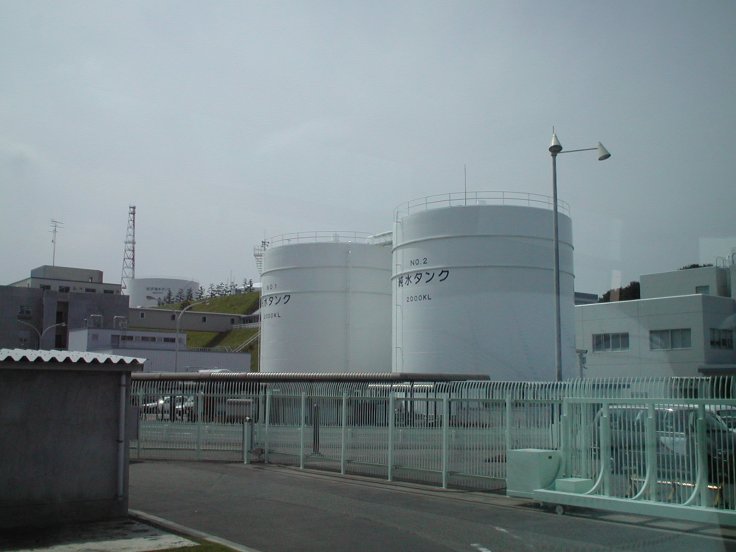Environmental group Greenpeace has slammed Japan's government's decision to release treated water into the Pacific Ocean from Fukushima Daiichi nuclear powerplant. Contrary to the government's claims that the water is not contaminated, Greenpeace believes it still contains radioactive substances that are capable of damaging human DNA.
During the clean-up process following the meltdown of the Fukushima Daiichi nuclear powerplant in 2011 due to an earthquake and tsunami, 1.23 million tonnes of water were stored in over 1,000 tanks. Last week, the Japanese government decided to go ahead with releasing the water despite strong opposition from environmental agencies.
'Dangerous Levels of Carbon-14'
Greenpeace, in its report titled Stemming the Tide 2020: The Reality of the Fukushima Radioactive Water Crisis, claimed that the water still contained "dangerous" levels of carbon-14 and tritium, two radioactive isotopes. Tritium, according to Tokyo Electric Power company (TEPCO), cannot be isolated by Fukushima's on-site filtration system and neither carbon-14.

Compared to tritium, which has a half-life of about 12.5 years, carbon-14 is more hazardous as it takes about 5,700 years to decay. If the water is released into the Pacific Ocean, it can contaminate the area and can be "incorporated into all living matter."
"It concentrates in fish at a level thousands of times higher than tritium. Carbon-14 is especially important as a major contributor to collective human radiation dose and has the potential to damage human DNA," the report said.
Treated vs Contaminated Water
The Japanese government said that the water was treated and apart from tritium which isn't as harmful, it was not contaminated. But the Greenpeace report differs. The water was used in cooling the nuclear reactors of the Fukushima powerplant. Tritium, also known as hydrogen-3 is a weak radioactive isotope that is used in nuclear reactors. When the water is used to cool the reactors, it gets contaminated with tritium. As per the International Atomic Energy Agency (IAEA), the contaminated water can be diluted with seawater safely before releasing it into the sea.
According to Greenpeace, the Japanese government claims the water only contains tritium while other highly radioactive substances were filtered during processing. But the non-governmental agency has confirmed with TEPCO that the "treated" water still contains carbon-14 as the filtration system is not equipped to remove the isotope, making it hazardous and contaminated contrary to what the government claims.

"Nearly 10 years after the start of the disaster, Tepco and the Japanese government are still covering up the scale of the crisis at Fukushima Daiichi. They have deliberately held back for years detailed information on the radioactive material in the contaminated water," Shaun Burnie, the report's author and senior nuclear specialist with Greenpeace Germany told The Guardian.
He added that the Japanese government failed to explain to neighboring countries like China and South Korea that the water to be dumped into the Pacific Ocean contained dangerous levels of carbon-14. "These, together with other radionuclides in the water will remain hazardous for thousands of years with the potential to cause genetic damage. It's one more reason why these plans have to be abandoned," Burnie said.
The Japanese government, under new leader Yoshihide Suga, is expected to reach a decision next week. If the decision is announced, the release of the "contaminated" water will begin in 2022 and will run for decades. As per Japanese news outlet Yomiuri Shimbun, the water will be diluted inside the plant to decrease the by 40 percent before releasing it. Radiation exposure can have long-term effects including leukemia, thyroid and breast cancer,









